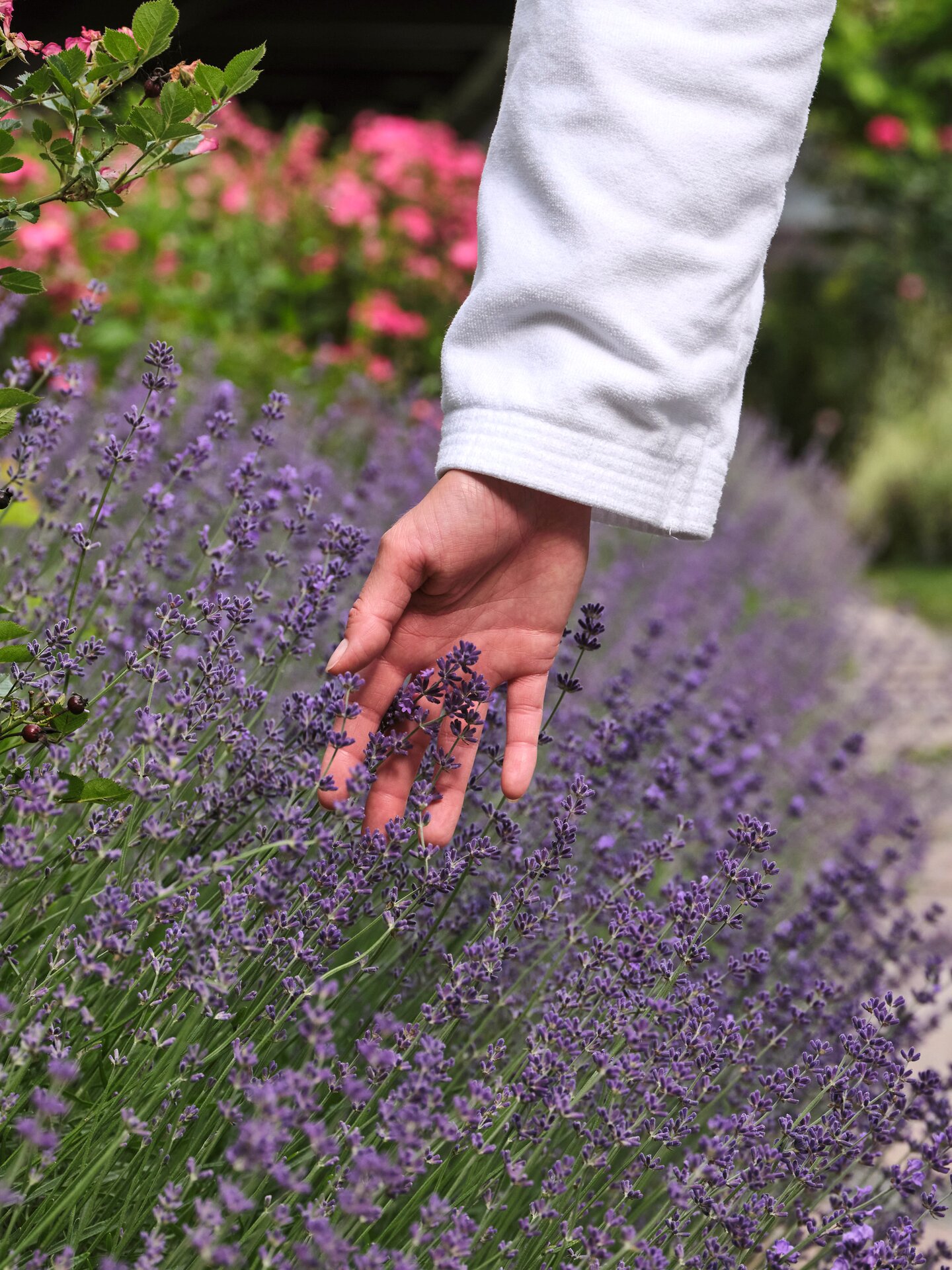Thank goodness for bees!
Honey’s healing effects were well known as far back as ancient Greece. While we modern-day mortals enjoy honey for its taste and soothing properties, Greek mythology ascribes the immortality of gods to the wonders of honey.
Established impact
Antibacterial effect
Even Hippocrates, the most famous physician of antiquity, reported on honey’s antifebrile properties and used it on open wounds – as did the ancient Egyptians. After many years of research by doctors at the University of Bonn, this golden miracle is better at healing certain types of wounds than modern antibiotics! This comes as no surprise to Park Igls’ Dr Peter Gartner and nurse Babsi Kleeven, as they have had brilliant results with honey for very many years.
Now, medical grade honey is increasingly used at the Park Igls Mayr clinic. ‘The results are amazing’ says Babsi Kleeven, ‘dead tissue is shed more quickly when honey is applied, which helps the wound heal more quickly. Antibacterial medical grade honey creates a moist wound healing environment and is suitable for rapid odour control and at any wound healing stage.’
Did you know, that...
... medicinal honey is suitable for external use on lesions, wounds, grazes, cuts, burns, many skin disorders, insect bites and infections. Peter Gartner and Babsi Kleeven recommend the internal application of medical honey for colds, coughs, sore throat, sinusitis, bladder infections, gastritis, bowel inflammation, stomach ulcers, oesophagitis, heartburn, and mouth inflammation.
Medical honey’s comeback is due in part to the emergence of germs that are resistant to almost all common antibiotics. Honey can deal with around 60 types of bacteria and scientists assume that the antimicrobial effect of mānuka honey – the basic ingredient of medical grade honey products – is thanks to the enzymes that the bees produce. The extraordinary antibacterial effect of this honey, which is produced in New Zealand and parts of Australia, may be due to the high content of sugar enzyme methylglyoxal (MGO) – up to 100 times more than ordinary honeys.
Park Igls Blog
These articles could be of interest for you
You can find more information and interesting facts about Modern Mayr Medicine and its positive effect on your health in our section Modern Mayr Medicine - News from Medicine & Research.








